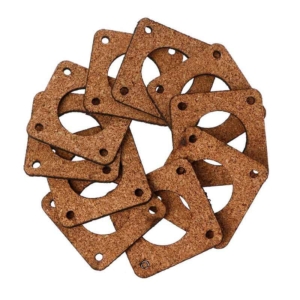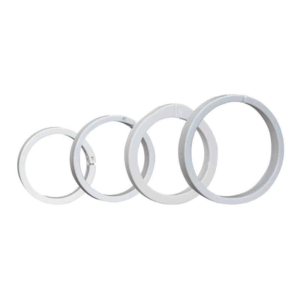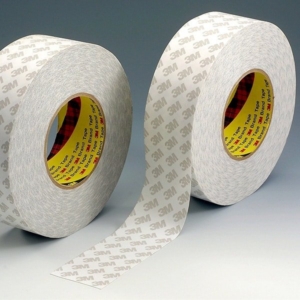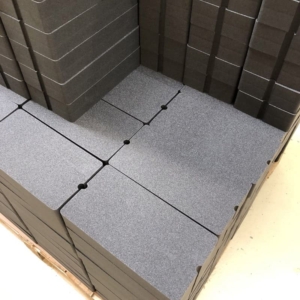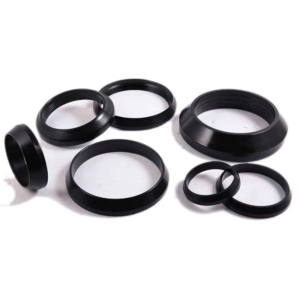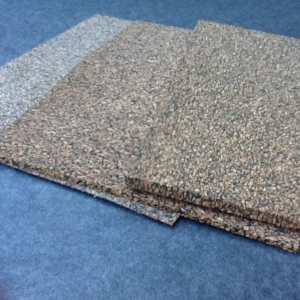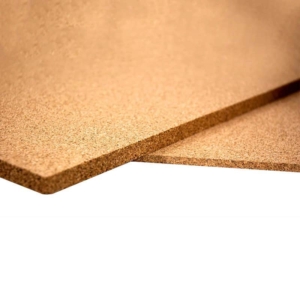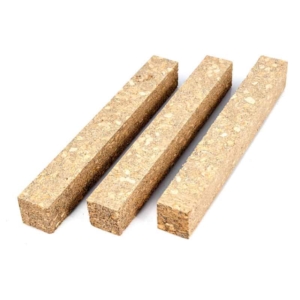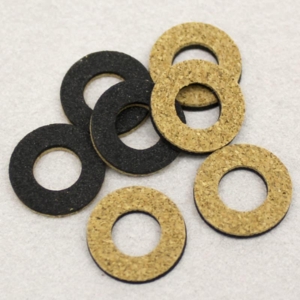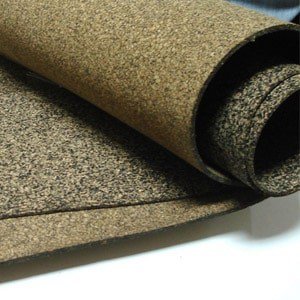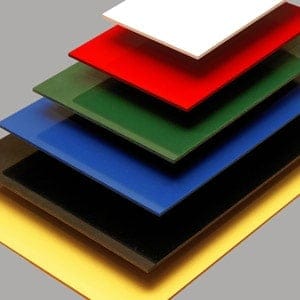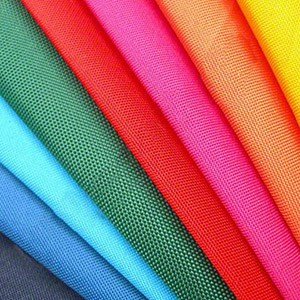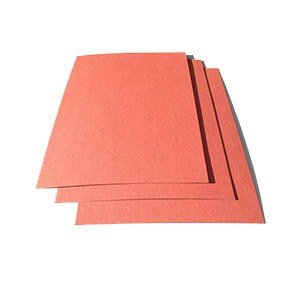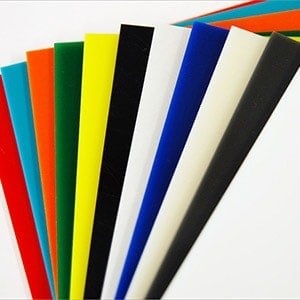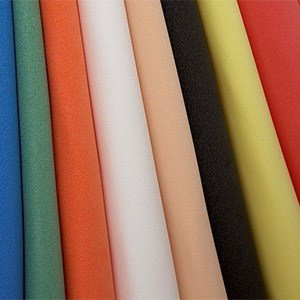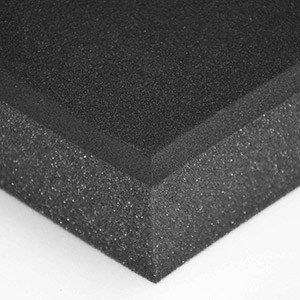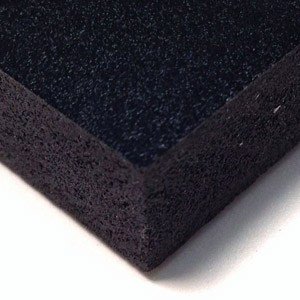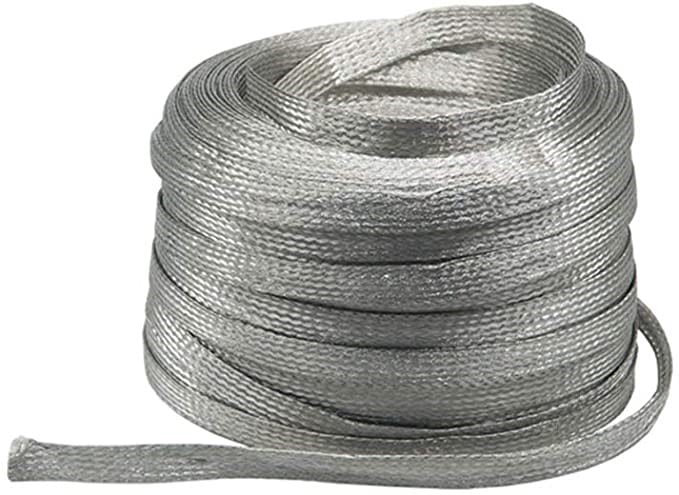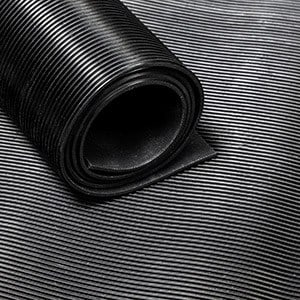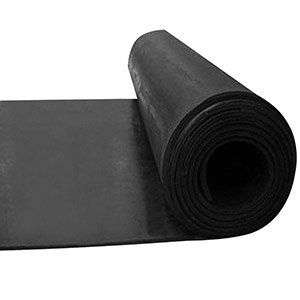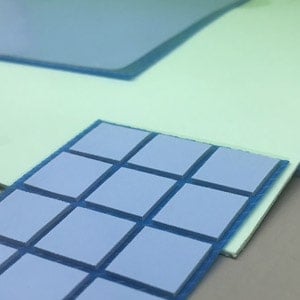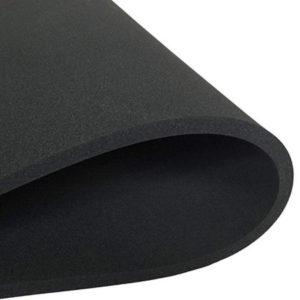How To Make Rubber
How is Rubber Made

Rubber, a ubiquitous material in our daily lives, traces its origins to both natural and synthetic sources. This versatile substance has a rich history, and its production involves a series of fascinating processes, from tapping rubber trees to the transformative stage of vulcanization.
Origins of Rubber:
The story of rubber begins in the heart of the Amazon rainforest, where indigenous cultures discovered the remarkable properties of latex, a milky fluid harvested from the Hevea brasiliensis tree. Native tribes utilized latex for waterproofing and creating flexible materials. The early history of rubber saw its introduction to the Western world when explorer Charles de la Condamine brought samples to Europe in the 18th century.
Natural Rubber
The primary source of natural rubber remains the latex obtained from rubber trees. Skilled tappers make incisions in the bark, allowing the latex to flow into collecting cups. Once collected, the latex undergoes coagulation to separate rubber particles from water. The resulting coagulum is processed through milling, creating sheets of crumb rubber. Compounding, a crucial step, involves mixing the rubber with additives to enhance its properties.
Vulcanization
The breakthrough in rubber technology came with Charles Goodyear's discovery of vulcanization in the 19th century. Vulcanization involves heating rubber with sulphur, creating cross-links between polymer chains. This process imparts resilience, strength, and elasticity to the rubber, making it more durable and resistant to heat and chemicals. The resulting vulcanized rubber revolutionized industries, leading to the widespread use of rubber in tires, footwear, and various industrial applications.

Synthetic Rubber
While natural rubber served admirably, the demand for rubber during World War II outstripped supply, leading to the development of synthetic rubber. Scientists successfully created polymers that mimicked the properties of natural rubber. The first commercially successful synthetic rubber, known as neoprene, emerged in the 1930s. Today, various synthetic rubbers, such as styrene-butadiene rubber (SBR) and polybutadiene rubber (BR), contribute significantly to the rubber industry.
Processing Rubber
The processing of rubber involves several stages aimed at transforming raw materials into usable products. Milling and creping are common methods to produce sheets and crumb rubber. Compounding is a critical stage where additives like sulfur, accelerators, and antioxidants are incorporated to improve the rubber's durability, strength, and elasticity. This carefully balanced mixture sets the stage for the subsequent process of vulcanization.
Please contact us using the form below or by calling us on +44(0)1384 252555.
